Colorful Earthquakes, Enormous Superclusters, And Other Amazing Images Of The Week
Let your eyes feast on the aesthetics of science.
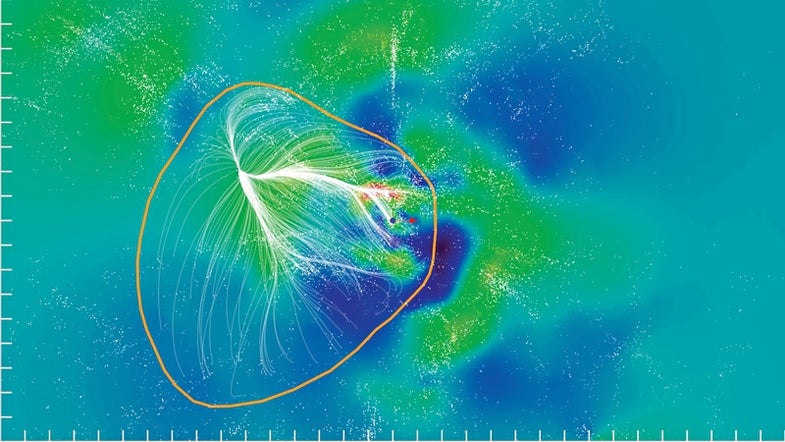
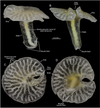
Mysterious Mushroom

Rainbow Of Destruction
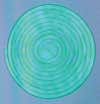
Beautiful Cracks

A Sizeable Supercluster

A Flurry of Flares
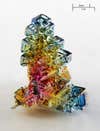
Bismuth Crystal

The Heart of the Sun
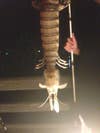
Sea Monster
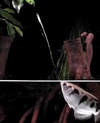
Spit Take

Barred Owl